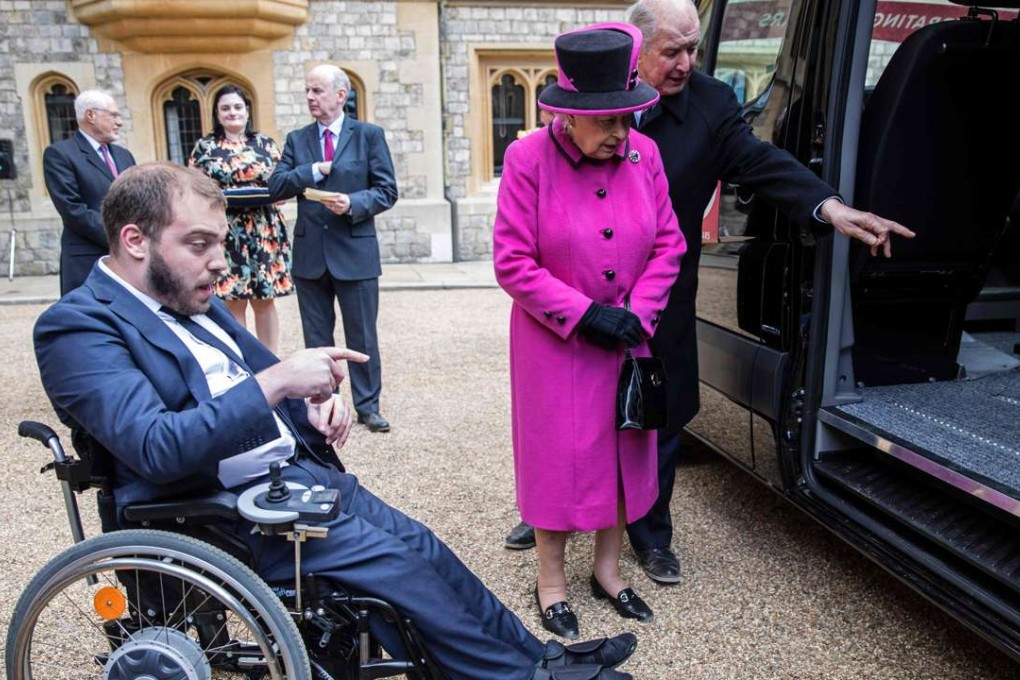How technology can restore dignity for people with disabilities while boosting the economy
Winnie Tang says the disabled population around the world represents a largely untapped workforce, market and economic engine, and technology is now helping them to contribute more

Study shows Hong Kong’s disabled face harsh employment reality
However, only one in 10 has use of such equipment today. Global business opportunities relating to people with disabilities or long-term patients could be valued at up to US$20 billion by 2019.
Today, there are various products on the market. Dr Amit Goffer, an Israeli inventor left paralysed in a car accident, uses a newly invented four-wheel chair that allows the 63-year-old to manoeuvre upright over uneven urban areas or slopes, and speak face to face with people standing up.
Hong Kong amputees get expert advice on running with false limb
Goffer talked about the dramatic psychological effects of using the invention, how it restored “the dignity and self-esteem to feel like part of society again, the core of society, not the fringe of society”. Auxiliary technology can not only assist physical function, but also give patients a life of dignity.